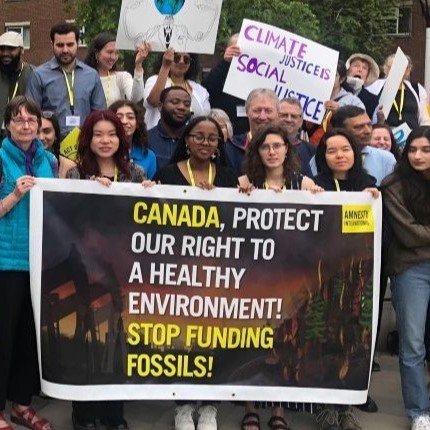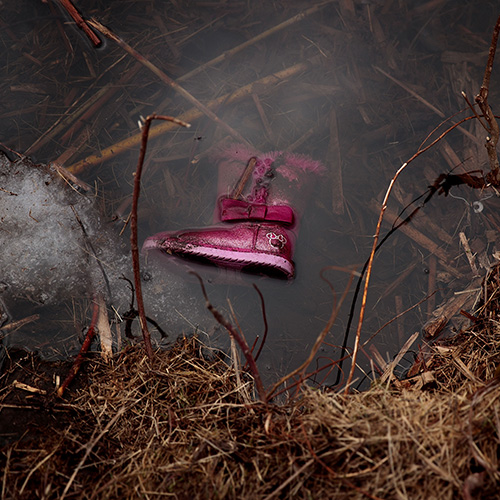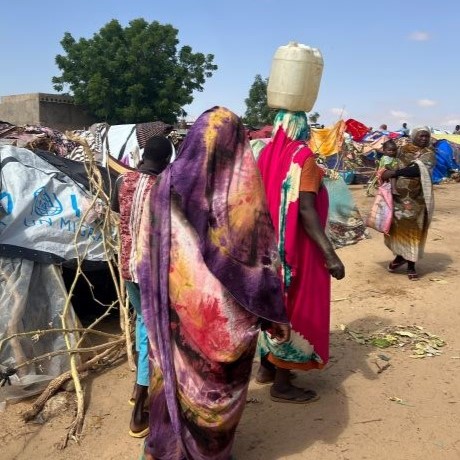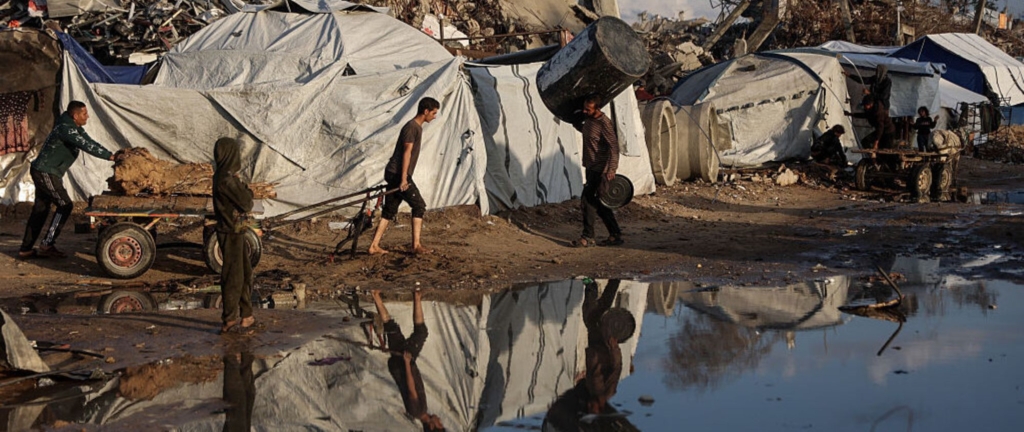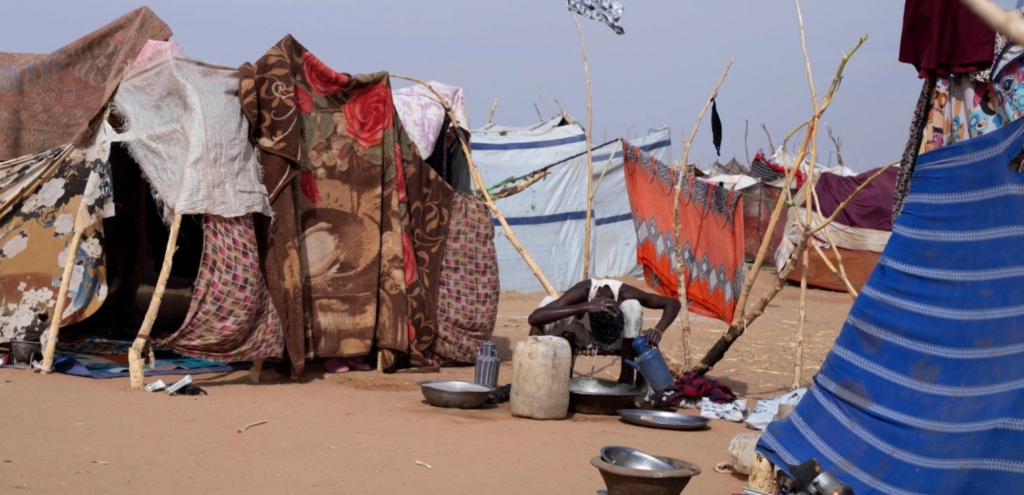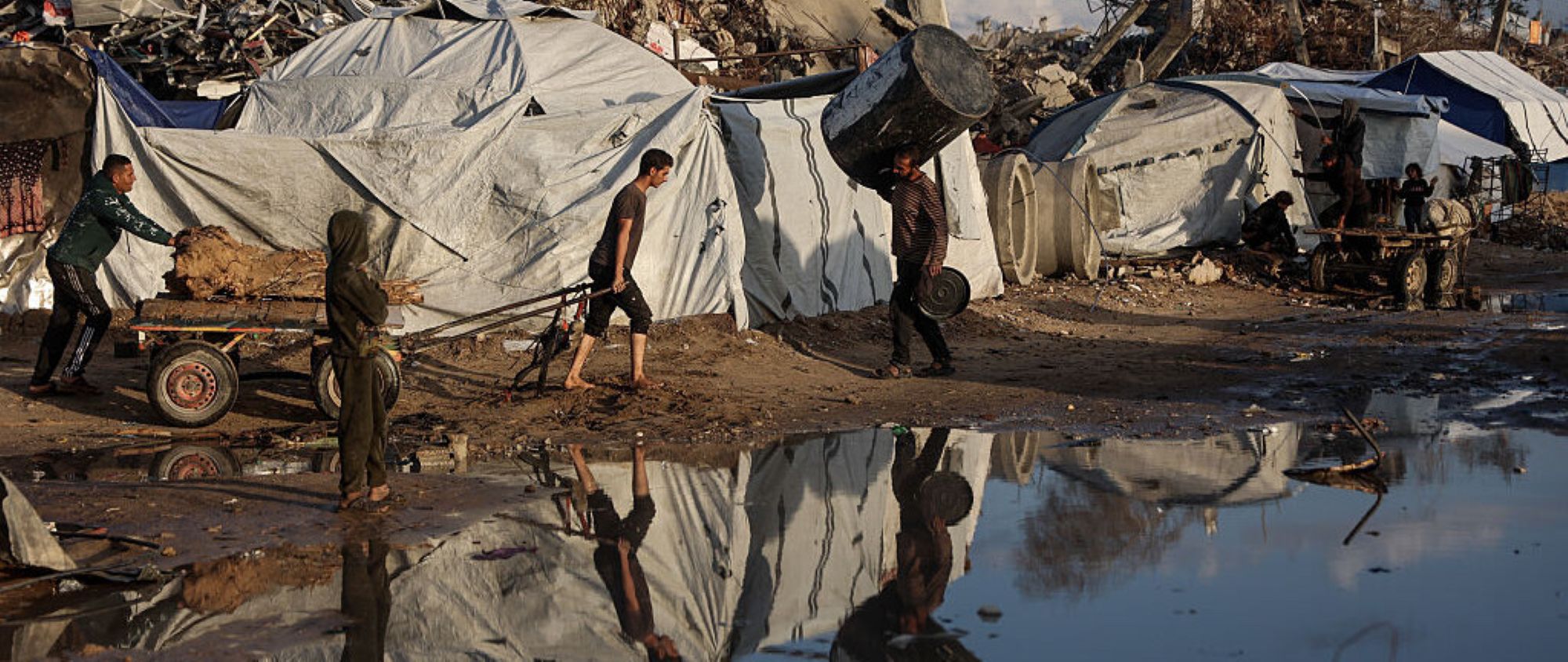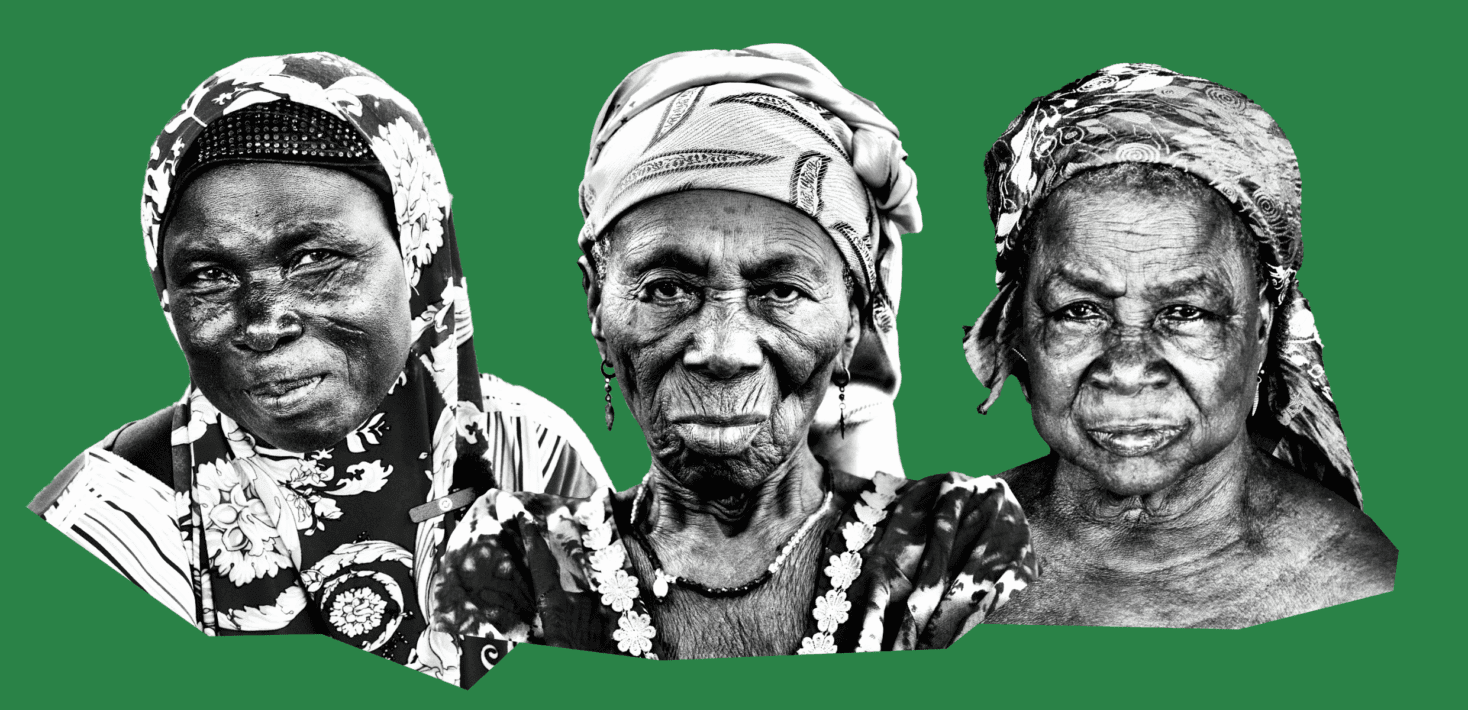BC mining remains a risky business 7 years after the Mount Polley tailings dam disaster
Guest blog from the BC Mining Law Reform Network, of which Amnesty International Canada is a member
7 years ago:
On August 4th, 2014, the tailings dam burst at Imperial Metals’ Mount Polley Mine, releasing a catastrophic 24 billion litres of toxic mine waste and contaminated water into Polley Lake, Hazeltine Creek and Quesnel Lake. It is the worst environmental mining disaster in Canadian history.
By August 8, most of the sludge in the four-square-kilometre (1.5 square mile) sized tailings pond had drained out having ripped out thousands of trees and carried arsenic, lead and debris into adjacent waterways.
Mount Polley mine records filed with Environment Canada show that there were “326 tonnes of nickel, over 400 tonnes of arsenic, 177 tonnes of lead and 18,400 tonnes of copper and its compounds placed in the tailings pond”.
The Mount Polley mine is owned by Imperial Metals, a Vancouver-based company. It also owns or has interests in three other B.C. mining properties; Huckleberry copper mines, the Red Chris mine, and the Ruddock Creek lead/zinc property; and has several exploration projects, including claims within Manning Park (known as the “Donut Hole”).
Seven years later, there have still been no charges or fines issued against Mount Polley for the disaster. The BC Government effectively quashed a private prosecution.
Mount Polley’s on-going impacts:
Ongoing risks from this incident remain high, including: metal-laden tailings deposited at the bottom of Quesnel Lake posing long term impacts to the lake’s health; post-spill remediation efforts of Hazeltine Creek are failing to support growth; and a discharge pipe spewing diluted mine wastewater directly into Quesnel Lake, a source of drinking water for local residents. The permit allows the mine to release up to 52 million litres of diluted mine wastewater per day through a pipe into the lake. Imperial Metals neglects to offer alternatives to discharging this pollution, despite ongoing community appeals.
The Mount Polley Mine discharge permit is under appeal by a member of the Concerned Citizens of Quesnel Lake (CCQL), with the goal to stop mine waste discharge into the once pristine Quesnel Lake. Mount Polley has been out of compliance with its waste discharge permit numerous times.
Quesnel Lake is considered the deepest fjord lake in the world, and deepest lake in British Columbia. It is a tributary to the Fraser River and important spawning grounds for the watershed’s sockeye salmon. The lake also contains rainbow trout, Kokanee, Dolly Varden and other freshwater species. Learn more about the people who live and love the lake who were impacted by the mining disaster.
>>>Sign the petition! Canada must fix Mount Polley harms
7 Years After Canada’s Biggest Mining Disaster – Are We Any Safer?
There are currently 98 tailings dams at 60 mine sites in B.C. There are nearly 200 contaminated or potentially contaminating mine sites throughout the province.
Many mines in BC use the same type of waste storage facility that Mount Polley used. These wet tailings impoundments store water in massive disposal lakes, mixed with mine waste materials.
A 2016 report by Dr. David Chambers, an internationally renowned geophysicist, found key recommendations by the expert panel into the Mount Polley disaster had been ignored or not implemented in a way to significantly reduce the risk of tailings dam breaches in both existing and planned structures.
In particular, B.C. does not put safety first when it comes to mine tailings design, construction, operation and closure. While the Mount Polley Expert Panel recommended that BC update its guidelines to emphasize protecting public safety, it continues to make safety only one of many considerations in establishing a risk category for TSFs. B.C.’s Mine Audits Unit recently audited the tailings regulator updates made in 2016, and found the Ministry of Energy, Mines and Low Carbon Innovation was “inconsistent in its approach”, had “vague language” and lacked enforcement.
In July 2020, a report by the B.C. First Nations Energy and Mining Council (FNEMC) found that while some changes had been made to B.C. mine legislation following the Mount Polley disaster, significant reforms were still needed to ensure the health and safety of dozens of First Nations and non-First Nation communities living downstream of existing or planned tailings dams.
In northern B.C.,at least 12 new mines have been proposed or are already under construction. One of them, theKSM Mine, could be the largest open pit gold and copper mine in North America. Its proposed tailings dam – 28 times the volume of Mount Polley’s – could be behind a239-metre high dam towering over the salmon-rich Bell Irving/Nass watershed.
The owners of Copper Mountain mine in southern B.C. want to expand operations and raise the current tailings dam from 150 metres to 260 metres – 220 metres higher than the Mount Polley dam and higher than Vancouver’s tallest skyscraper.
Nearly two years after passing the Declaration on the Rights of Indigenous Peoples Act, which was meant toadvance a path forward to true reconciliation and uphold Indigenous rights, the B.C. government has done virtually nothing to implement it. Mining is not even mentioned the government’s draft action plan for the implementation of DRIPA, and mining operations continue to override the rights of Indigenous communities across B.C. See examples here, here, and here.
Calls for the B.C. government to take action to improve mine safety are getting increasingly louder with Indigenous leaders and communities in Canada and the U.S. along with governors and lawmakers in neighbouring U.S. states become increasing concerned about the dangers posed to communities and the environment. See examples here, here, here, here, here, here and here.
Concerns are growing because B.C. is in the midst of a mining boom. The latest annual British Columbia Mineral and Coal Exploration Surveyfinds that exploration spending across the province increased by 28 per cent year-over-year to $422-million — just short of the highs experienced in 2011 and 2013. And B.C. is wanting to position itself to be a key mineral supplier in the clean energy revolution.
Links:
Concerned Citizens of Quesnel Lake: https://www.ccql.ca
BC Mining Law Reform Network: https://reformbcmining.ca
First Nations Energy and Mining Council: http://fnemc.ca/resources/mining-and-mineral-exploration/
Mount Polley video: https://youtu.be/P2dUNMcvDLI
Amnesty International Canada: www.amnesty.ca/mountpolley













